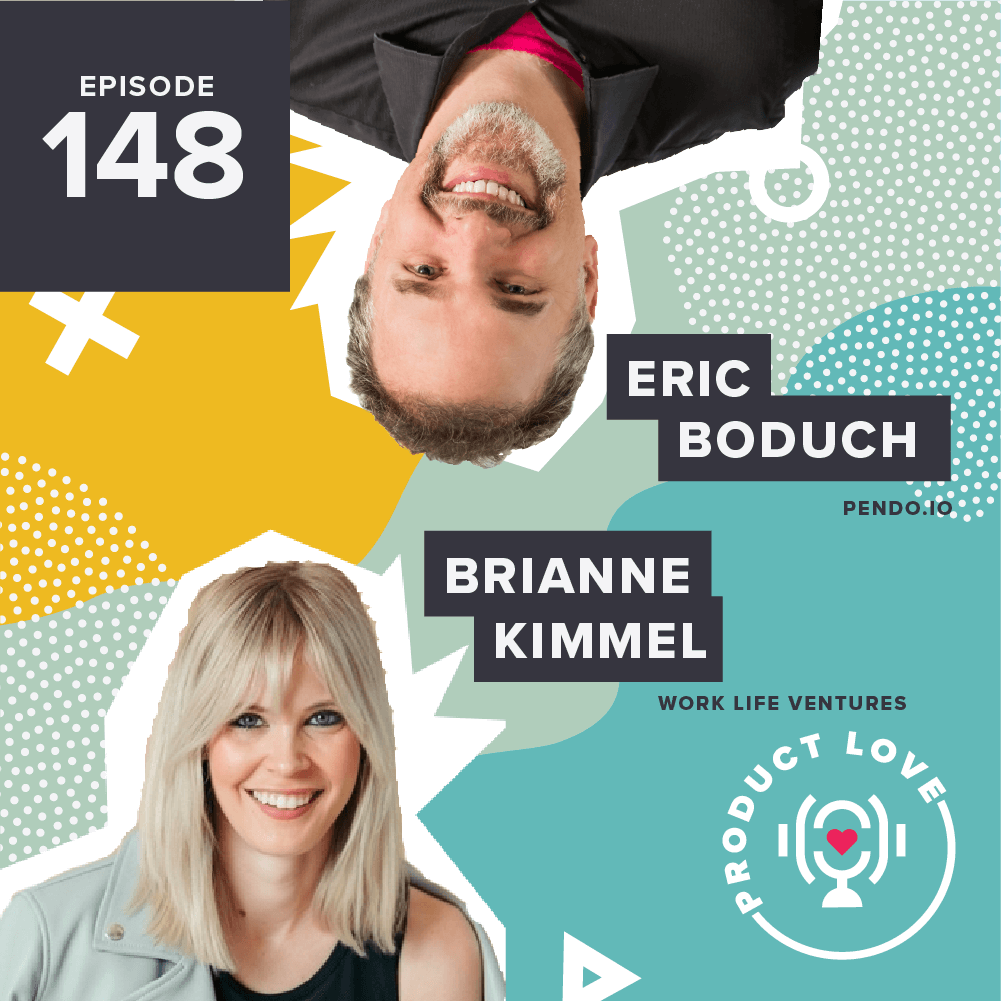This week on Product Love, I sat down with April Dunford, a positioning consultant, keynote speaker, and the author of “Obviously Awesome.” Per her book title, our conversation was obviously awesome (cue the tomatoes).
April has spent 25 years successfully running marketing and product teams for startups. In fact, most of the startups she’s worked with have been acquired. In recent years, she’s transitioned into a consulting role. And this September, she’ll be speaking at the annual Pendomonium conference.
So why positioning? One of the main patterns she’s seen in the companies she’s worked for is the need for repositioning. When your positioning is weak, marketing and sales fail. Your product roadmap becomes scattered. Luckily, April has focused on positioning for years. As she says, it’s kind of her bag.
On this week’s episode, we talk about what positioning is and what it isn’t.
What Is Positioning?
Positioning isn’t a new concept. The topic dates back to a book published in the 1980s called “Positioning: The Battle for Your Mind” by Al Ries and Jack Trout. But the concept has never been more relevant to product management.
April defines positioning as being explicit around “… how we intend to win at doing a very specific thing that a very specifically defined group of customers cares a lot about.”
In reality, many companies approach positioning like a game of Madlibs. Top executives complete what amounts to a fill-in-the-blank exercise meant to encapsulate their entire product, vision, and market. If that were that easy, companies wouldn’t struggle so much with positioning. This process insinuates that the answers should be obvious to the product team. Spoiler alert: they aren’t, and that’s okay. In fact, the hardest part of those fill-in-the-blank activities is coming up with those answers.
Instead, determining your product’s market position must be a strategic process. Your team should spend real time and energy to clearly identify your product, market category, competitors, value, and key differentiators. Without careful positioning, your product will be fighting an uphill battle.
Repositioning Your Product
As an example of repositioning, April brings up a product she once worked on. A group of lawyers created it as “email software for lawyers.” However, positioning something as email meant competing against massive companies like Gmail and Outlook.
To determine their differentiating value, they asked their customers what feature they loved the most. The answer was secure file sharing. April then contextualized their product by that strength and repositioned them as a team collaboration space.
This repositioning ensured that they were no longer up against Gmail or Outlook. Instead, their product became a team collaboration space for lawyers. This meant people compared them to Slack, which meant their software could be more expensive. And their target market was lawyers, so it was special.
Sometimes, the product you set out to build ends up with “default” positioning. However, your customers might have a different perspective on what it actually is.
Listen to the rest of the episode to hear why April doesn’t believe in product-market fit, and why your positioning needs some flexibility.


